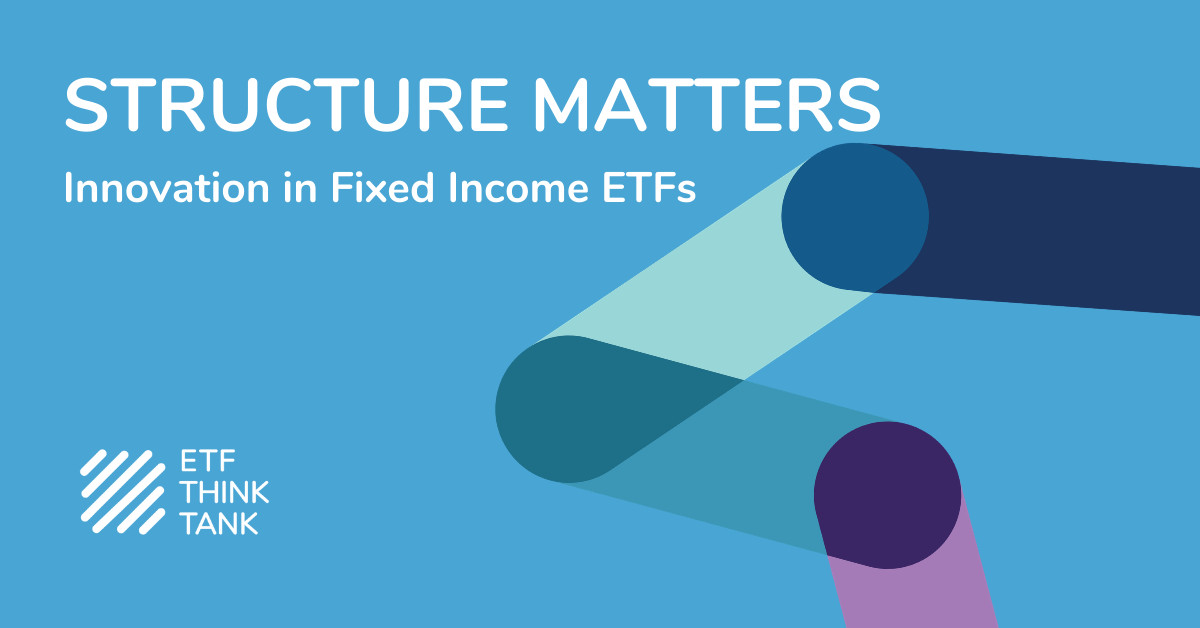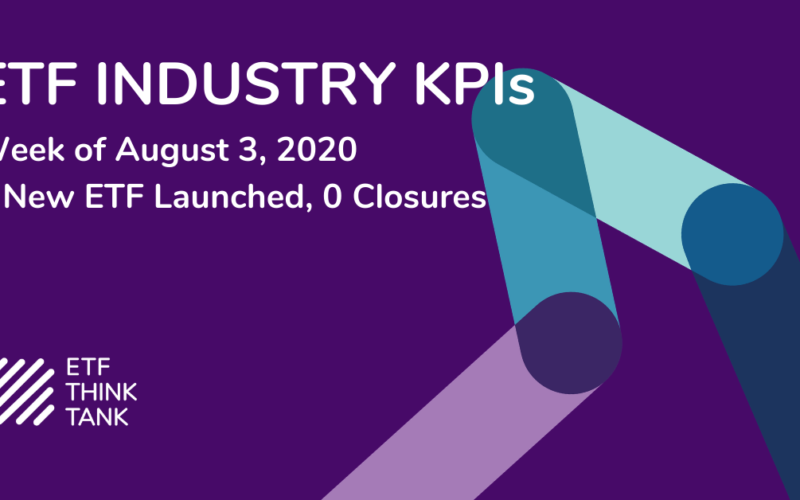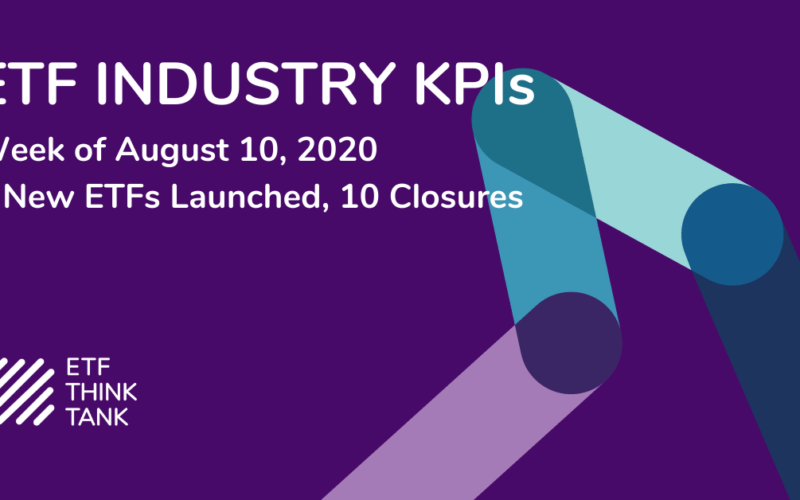Multi-Sector Fixed Income: Passive Alpha vs Active Cost
- Multi-sector fixed income works; a “pie instead of piece” approach may improve investor outcome.
- Passive investors don’t have to sacrifice performance at a lower cost.
- Passive Multi-sector is an evolution of the “normalization” of the industry.
U.S. investors in fixed income are conflicted on what they want: investment protection, income or diversification, inflation, deflation, or to know when the bull market for fixed income will end. The multi-sector approach answers many of these questions since it owns a larger piece of the pie and can tilt in a balanced and diversified manner towards global outcomes.
Multi-Sector Fixed Income – The Opportunity to Own the Pie, Not Just a Piece
As of June 30 2020, according to Morningstar, the Multi-sector fixed income category is a $252 billion category that is dominated by active management. This means that it only represents about 2% of how investors have allocated towards fixed income. We would argue that investors need to embrace this category more widely because of the measured reward versus risk it offers in global bonds, high yield and emerging market bonds, which is where higher returns may be in the future. Evidence of this risk is documented in Fitch’s July 31 ratings statement. “Fitch Revises United States’ Outlook to Negative, Affirms AAA Rating.” We will not go into the details of Fitch’s comments because the statement is clear. The bottom line is self-evident – if U.S. debt was perfectly balanced on a risk/reward basis, rates would not be going down when conditions are deteriorating just because the U.S. has the most flexibility and creative options.
Multi-sector fixed income allocations make sense because credit opportunities can be isolated, and duration risk is a bad set up when rates are so low. Simply betting that negative rates will come and be leveraged by long or “infinite” duration on free money does not make for a positive economic scenario or investments case to us. Arguably, if broad equity returns are muted on a go forward basis, single digit returns for fixed income opportunities in emerging markets and high yield are compelling.
Passive Investors Don’t Have to Sacrifice Performance at a Lower Cost
The Columbia Threadneedle Diversified Fixed Income Allocation ETF (DIAL), since its inception on October 12, 2017 to July 31, 2020 according to Bloomberg, has outperformed the leading active mutual funds in the category at a substantially lower fee.[1] According to Lipper, the average expense of a Class A share is 1.10% versus DIAL’s expense ratio at 28 Bps. See below chart for details – note that DIAL’s current 12-month yield is 2.86%.
[1] The source for the performance chart with DIAL, PIMIX, FSRIX, LBNYX,NEZYX FKSRX is Bloomberg


Passive Multi-Sector Is an Evolution of the “Normalization†of the Industry
Passive Multi-Sector Is an Evolution of the “Normalization” of the Industry
The ETF industry is advancing, and blurring the lines between active and passively defined dynamic rules. DIAL rebalances every month to a weighting scheme of 30% High Yield, 20% U.S. Dollar denominated Emerging market, 15% each in Mortgage backed and Investment Grade Corporates and then 10% each in US Treasuries and Global Treasuries. No Negative Yielding Bonds are owned in the portfolio, and Credit is well diversified across 478 holdings. Note that while the portfolio average duration is 6.29 years (analytical duration), its sensitivity to US rates moves far less at 2.3 years (empirical duration). This is because much of the portfolio exposure in high yield and emerging market dollar bonds have low or negative correlation to US rates. DIAL is well diversified across different geographies and countries.
The transparent and defined process follows a disciple of defined rules that include:
- High Yield: No CCC or lower rated bonds to reduce credit risk
- EM Debt: Only US Dollar Denominated Sovereign Bonds which historically deliver an attractive Sharpe Ratio
- US Treasury: 7 Year Duration helps to balance High Yield exposure
- Global Treasuries: An equal weighted portfolio towards international countries and away from concentration in Japan
- No derivative exposure
Certain financial advisors are concerned about showing High Yield or Emerging Market Debt in client accounts. It’s not because they don’t agree with the potential risk/reward opportunity, but because of client perceived risks. DIAL offsets this risk with its 50% weighting in holdings in Treasuries, US Agency Global Treasuries which are correlated to U.S. Emerging Bonds, and High Yield by 0.47% and -29%. The Multi-Sector category addresses this issue and a name like Diversified Fixed Income Allocation provides a description of the advantages that clients can embrace.
Conclusion
The Macro-sector fixed income category, as measured by DIAL, provides a diversified stream of income and potential capital appreciation that is at a lower cost than its actively managed mutual peers. The category of Macro-Sector fixed income fits into modern portfolios because it provides a solution that is dynamic and disciplined in its approach to embracing global fixed income. Active Management may work in this area as well, but taking an opportune approach to the category has less transparency, so it is also more difficult to explain when it underperforms relative to the group.
Footnotes
Learn more about the funds listed in this report:
- Columbia Diversified Fixed Income Allocation Fund: DIAL
- PIMCO Income Funds – Institutional : PIMIX
- Fidelity Advisor Strategic Income Fund: FSRIX
- Lord Abbett Bond Debenture Class A Fund: LBNDX
- Loomis Sayles Strategic Income Fund: NEZYX
- Loomis Sayles Bond- Institutional Fund LSBDX
- Franklin Strategic Income Fund: FKSAX
Disclosure
The information provided here is for financial professionals only and should not be considered an individualized recommendation or personalized investment advice. The investment strategies mentioned here may not be suitable for everyone. Each investor needs to review an investment strategy for his or her own particular situation before making any investment decision.
All expressions of opinion are subject to change without notice in reaction to shifting market conditions. Data contained herein from third party providers is obtained from what are considered reliable sources. However, its accuracy, completeness or reliability cannot be guaranteed.
Examples provided are for illustrative purposes only and not intended to be reflective of results you can expect to achieve.
All investments involve risk, including possible loss of principal.
The value of investments and the income from them can go down as well as up and investors may not get back the amounts originally invested, and can be affected by changes in interest rates, in exchange rates, general market conditions, political, social and economic developments and other variable factors. Investment involves risks including but not limited to, possible delays in payments and loss of income or capital. Neither Toroso nor any of its affiliates guarantees any rate of return or the return of capital invested. This commentary material is available for informational purposes only and nothing herein constitutes an offer to sell or a solicitation of an offer to buy any security and nothing herein should be construed as such. All investment strategies and investments involve risk of loss, including the possible loss of all amounts invested, and nothing herein should be construed as a guarantee of any specific outcome or profit. While we have gathered the information presented herein from sources that we believe to be reliable, we cannot guarantee the accuracy or completeness of the information presented and the information presented should not be relied upon as such. Any opinions expressed herein are our opinions and are current only as of the date of distribution, and are subject to change without notice. We disclaim any obligation to provide revised opinions in the event of changed circumstances.
The information in this material is confidential and proprietary and may not be used other than by the intended user. Neither Toroso or its affiliates or any of their officers or employees of Toroso accepts any liability whatsoever for any loss arising from any use of this material or its contents. This material may not be reproduced, distributed or published without prior written permission from Toroso. Distribution of this material may be restricted in certain jurisdictions. Any persons coming into possession of this material should seek advice for details of and observe such restrictions (if any).












